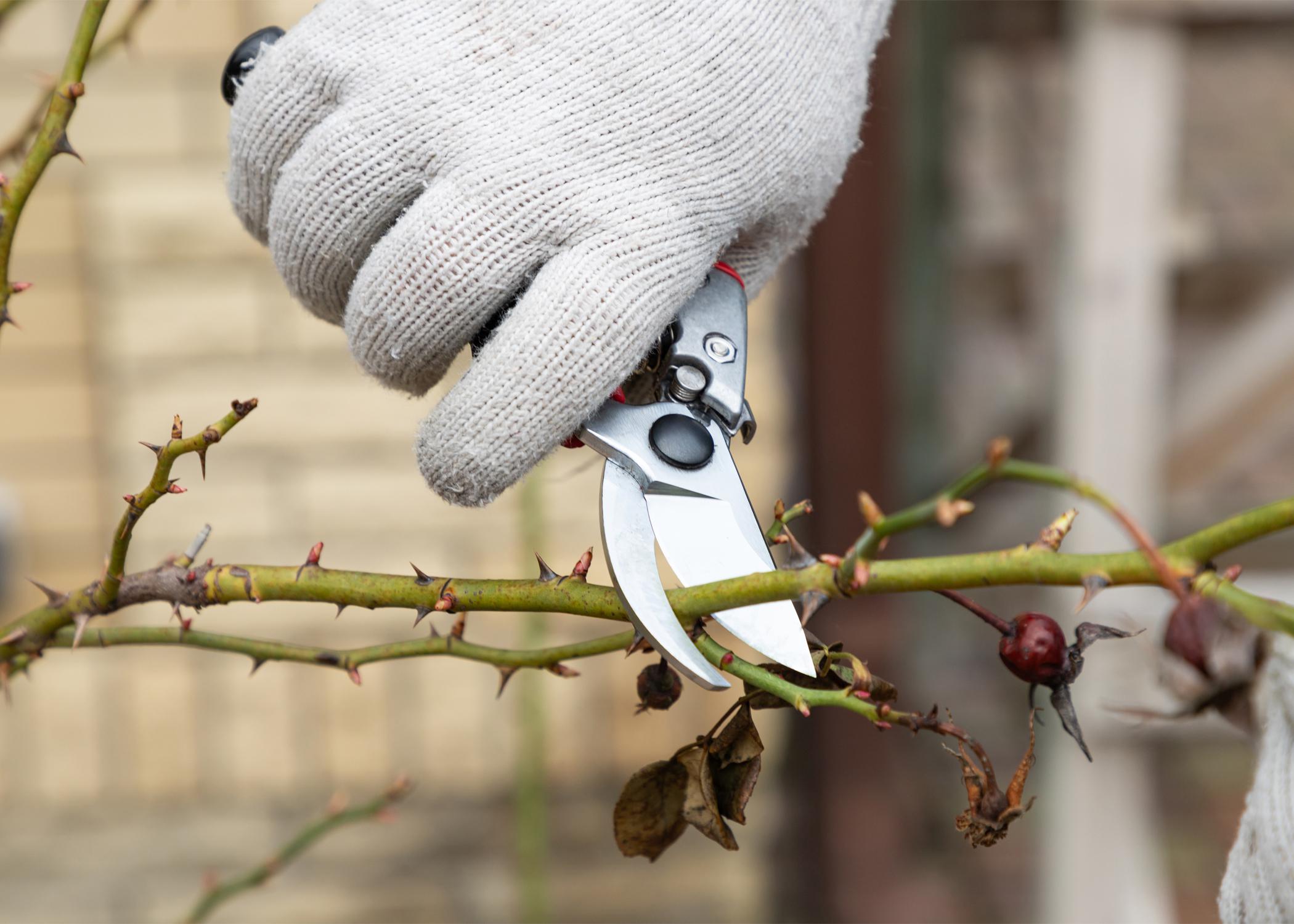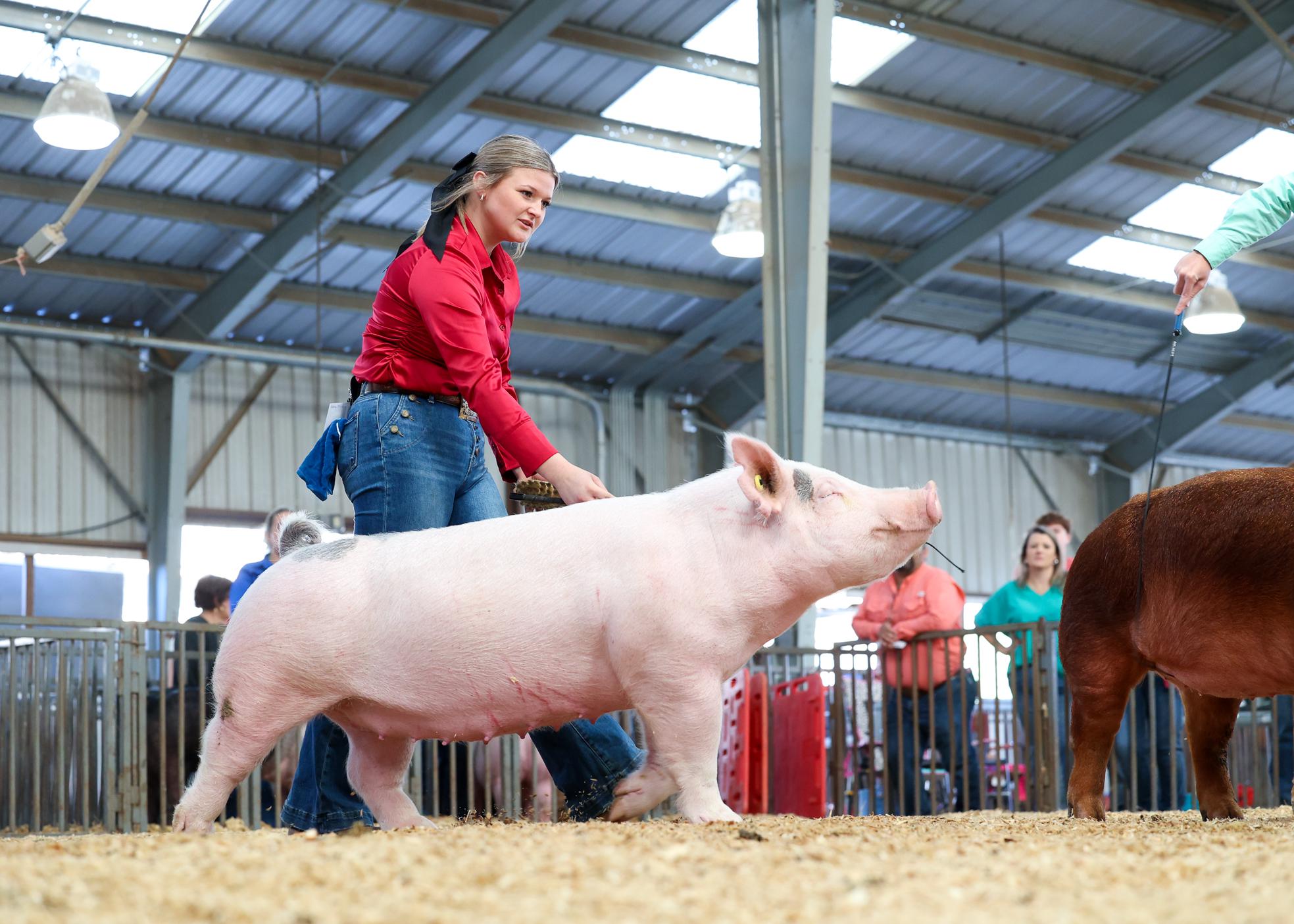So, You Got a Drone
Video by Jonathan Parrish
If you finally got that drone you’ve been wishing for, keep an eye on the federal regulations that govern their use to make sure you know what you can and can’t do with it.
Recreational drones, officially called unmanned aircraft systems, currently fall under the Federal Aviation Administration’s Special Rule for Model Aircraft. However, that rule is currently being evaluated by the FAA after the President signed the FAA Reauthorization Act of 2018, on Oct. 5. The Act will change the conditions for flying unmanned aircraft systems recreationally. But until the agency reaches a conclusion on the changes, continue to follow the current rules for operating recreational drones.
Regulations imposed by the FAA focus solely on safety, ensuring people and infrastructure aren’t harmed and that manned and unmanned aircraft can safely share airspace. Recreational or hobby drone users must:
- Register the aircraft with the FAA
- Fly the aircraft below 400 feet
- Keep the aircraft within sight
- Keep away from manned aircraft
- Stay 5 miles away from airports and control towers unless permission is granted
- Stay away from people and stadiums
- Fly aircraft weighing no more than 55 pounds
- Use the aircraft with care and be courteous of others
Responsible use is imperative. Although drones are highly sophisticated, they are machines and can fail and cause harm to people and equipment. Individuals who use their drones in a careless and reckless manner can be fined and have their drones confiscated.
Louis Wasson, a senior Extension associate with the MSU Geosystems Research Institute, always reminds people to be mindful of others’ privacy when flying a drone. Drone cameras are very advanced and can almost detect what book someone is reading. Your neighbors won’t appreciate that intrusion, so Wasson recommends choosing a vacant soccer field or other large, unoccupied space to fly your drone.
For more information about the different types of drones, safety and regulations, and how drones are used in precision agriculture applications, including crop scouting and the science behind UAS remote sensing technology, visit the MSU Extension Service website.
Did You Know?
Mississippi State University was designated by the FAA to lead the Alliance for System Safety of UAS through Research Excellence (ASSURE), which provides research to help expand the UAS market to its full potential. For more about ASSURE, visit their website.
Subscribe to Extension for Real Life
Fill in the information below to receive a weekly update of our blog posts.









